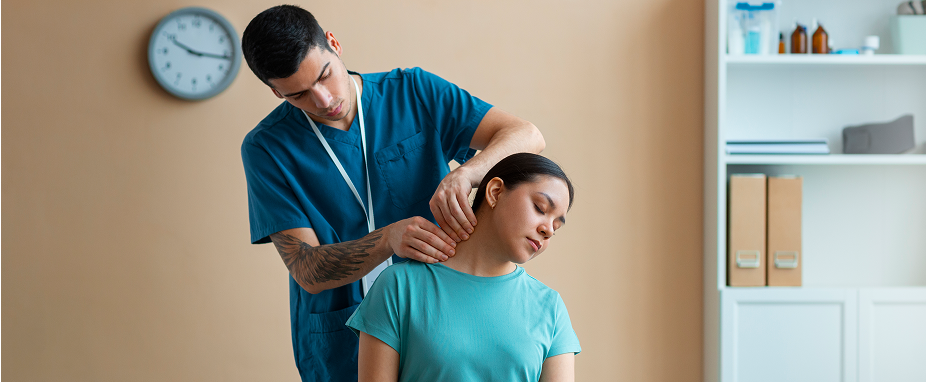
Benign Paroxysmal Positional Vertigo (BPPV) treatment involves repositioning maneuvers, such as the Epley or Semont maneuver, to move displaced ear crystals back into their correct position. These techniques help alleviate dizziness and restore balance. Treatment is typically non-invasive and highly effective in managing symptoms.
VRT focuses on improving balance, gaze control, and postural stability. Customized exercises enhance compensation for inner ear dysfunction, reduce vertigo, and improve confidence in movement.
Physiotherapy for Meniere’s disease targets balance, vestibular adaptation, and fall prevention. Exercises help manage vertigo episodes and maintain independence in daily activities.
Vestibular therapy for post-concussion symptoms includes gaze stabilization, balance retraining, and vestibulo-ocular reflex (VOR) exercises to reduce dizziness, improve coordination, and restore functional activity.
VRT addresses persistent balance problems due to neurological or vestibular disorders. Therapy uses core strengthening, proprioceptive exercises, and functional gait training to improve stability and reduce fall risk.
Physiotherapy for vestibular migraine focuses on balance exercises, gaze stability, postural control, and movement habituation to reduce dizziness episodes and improve daily functioning.
Patients recovering from ear or vestibular surgery benefit from targeted VRT to regain balance, coordination, and safe mobility through tailored exercise programs.
Children with vestibular disorders receive age-appropriate balance, coordination, and eye–head movement training. Therapy enhances motor development and confidence in movement.
© 2025 PhysioMeet. All Rights Reserved